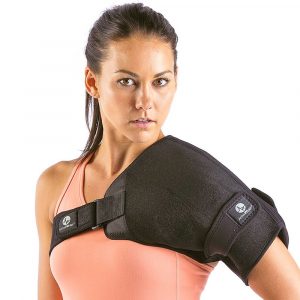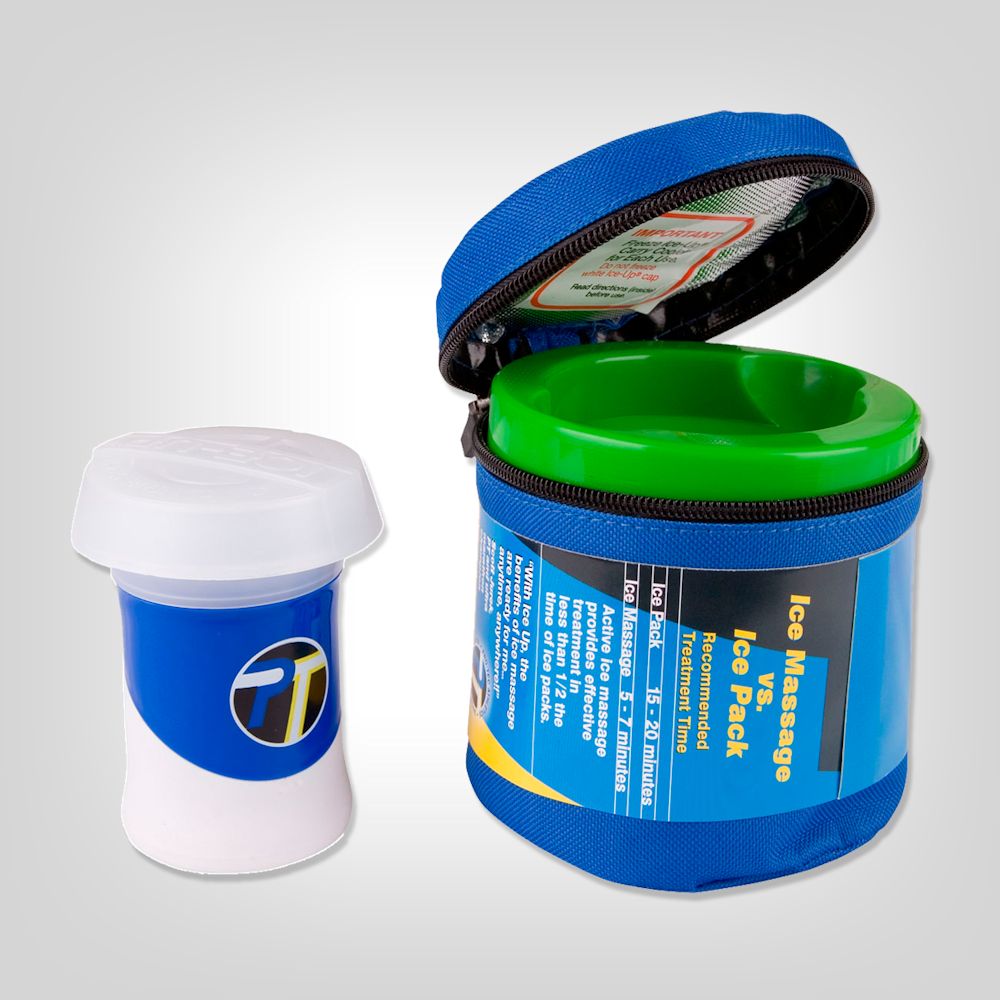Ice Massager
$24.95 Original price was: $24.95.$19.99Current price is: $19.99.
Ice massager provides effective treatments in 5 to 10 minutes instead of 20 minutes for passive ice packs. Quick deep tissue penetration focused on target areas, effective therapy for ligament, tendon and muscular injuries.
Immediate ice massage increases treatment effectiveness, speeds recovery in a leak proof portable design. Ergonomic, insulated barrel offers a controlled ice massage while the patented grip allows for a full range of controlled massage pressure.
Prices & Offers Subject To Change
Ice Massager Provides And Easy And Convenient Method To Apply Ice Massage To The Neck, Back & Other Areas
The ice massager reduces time for applying ice therapy to the neck as well as other areas in just 5 to 7 minutes, as compared to the 15 to 20 minutes typically recommended for ice pack use. Quick and easy pain relief for sore and inflamed ligaments and tendons from sprain type trauma, and muscle strains, where it is important for healing to minimize inflammation as quickly as possible.
How To Use The Ice Massager
Take off the cap, fill it with water and freeze it. You can freeze the massager carrier too. When its frozen, place the cap on and put it in the carrier cooler. Take it wherever you need it and the carrier cooler will keep it at therapeutic temperature for up to 12 hours. When you are ready to use, take it out of the cooler and remove the cap. Use the push up mechanism to push up the desired amount of ice and massage any area needed.
Ice massage uses ice applied directly to the skin by using a circular or back and forth motion on the site to be treated. One method for larger areas like the back is to begin the massage about 12 inches from the exact site of injury, and then slowly move centrally toward the injured tissue, so the massage is concentrated in an area that is approximately 6 inches in diameter.
This is a very effective method to apply ice. years ago, I would use a paper cup with frozen water, peeling the cup back to get the proper amount of ice. This massager is great and makes it easy to use with much less mess, and is rather impressive compared to paper cups or an ice cube held in a paper towel.

Response Using The Ice Massager
The response to ice massage will typically consist of 4 progressive stages:
- Coolness: The first sensation is that of coolness, which is felt almost immediately and progresses to an uncomfortable cold sensation into the next stage.
- Burning: The uncomfortable coolness turns into a burning type of feeling. This usually lasts about 3 minutes.
- Aching: The aching sensation is of short duration, but it signals the approach of the final stage.
- Numbness: As the ice massage is continued, the area being treated becomes progressively numb (almost analgesic). When the reaction reaches this point or after 5 minutes (whichever comes first), the ice massage should be terminated.
Considerations
You should be familiar with the stages using ice massage. Care should be taken not to use this method for longer than 5 minutes. Do not hold the it motionless on one spot for more than 2 minutes. After treatment, the area should be dried with a cloth, but not rubbed.
While most forms of ice therapy are passive with packs the are placed over the area, this is an active form of therapy and can be much more effective. Most therapy offices place the pack over the area and let you sit or lie down for 15 to 20 minutes. In many cases, the ice is not cold enough under towels, or too cold directly on the skin.
It is understandable why this is a waste of time and of minimal benefit. Using an ice massager provides direct feedback from the patient and is surprisingly well tolerated by most. It takes some time and effort, but the results make it worth every minute. You can really target the area as opposed to a wrap the covers areas that may not need therapy.
This massager is the best I have used to provide a consistent application with less slippage and mess.
Related products
-
 Sale!
Sale!

Pressure Point Therapy Packs
$30.34Original price was: $30.34.$24.00Current price is: $24.00. Place This Order on Amazon -


Hot Cold Shoulder Wrap
$39.95 Place This Order on Amazon -


Hot Cold Packs
$27.95 Place This Order on Amazon -
 Sale!
Sale!

Headache Relief Pillow
$39.66Original price was: $39.66.$36.00Current price is: $36.00. Place This Order on Amazon






